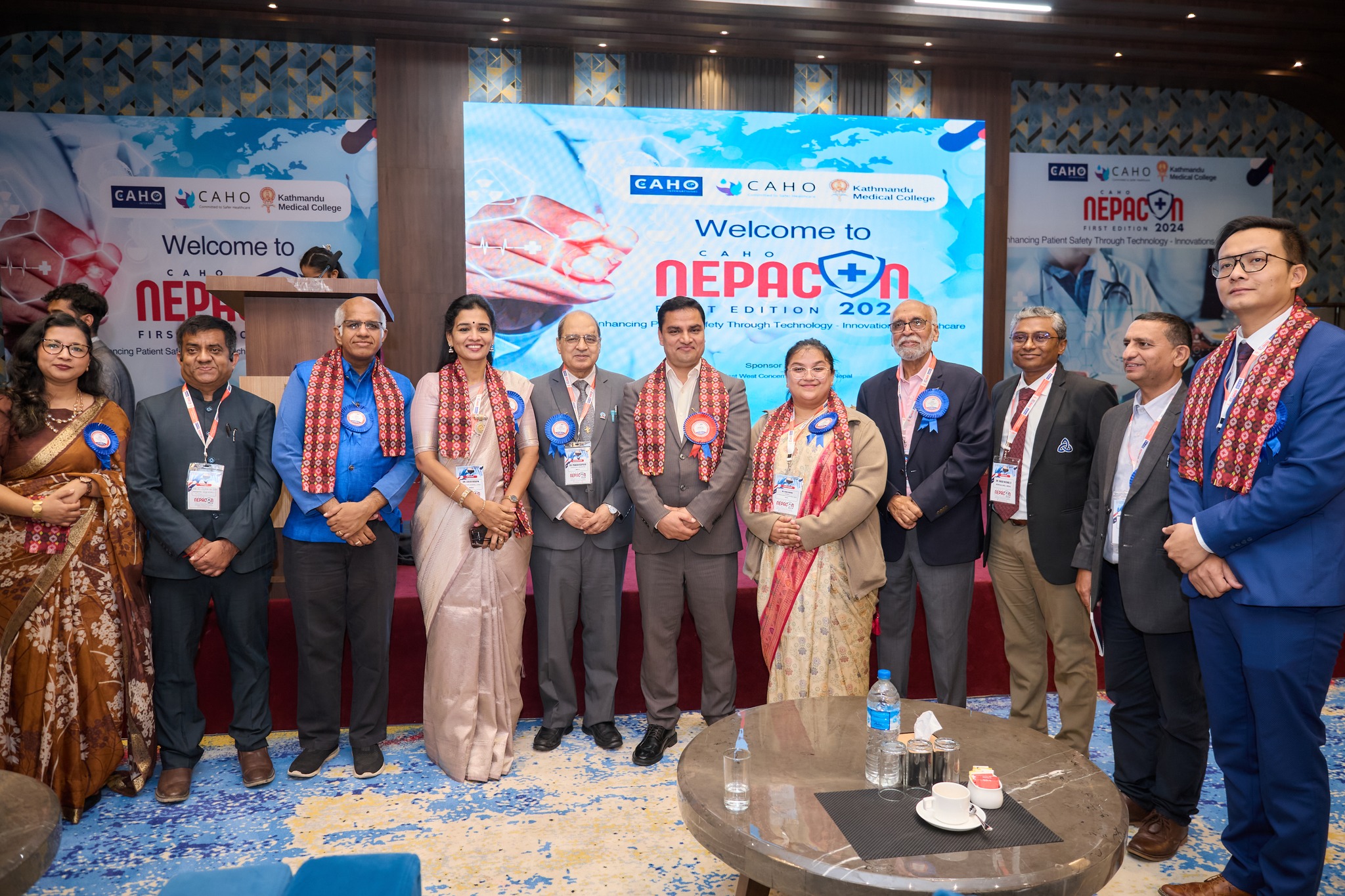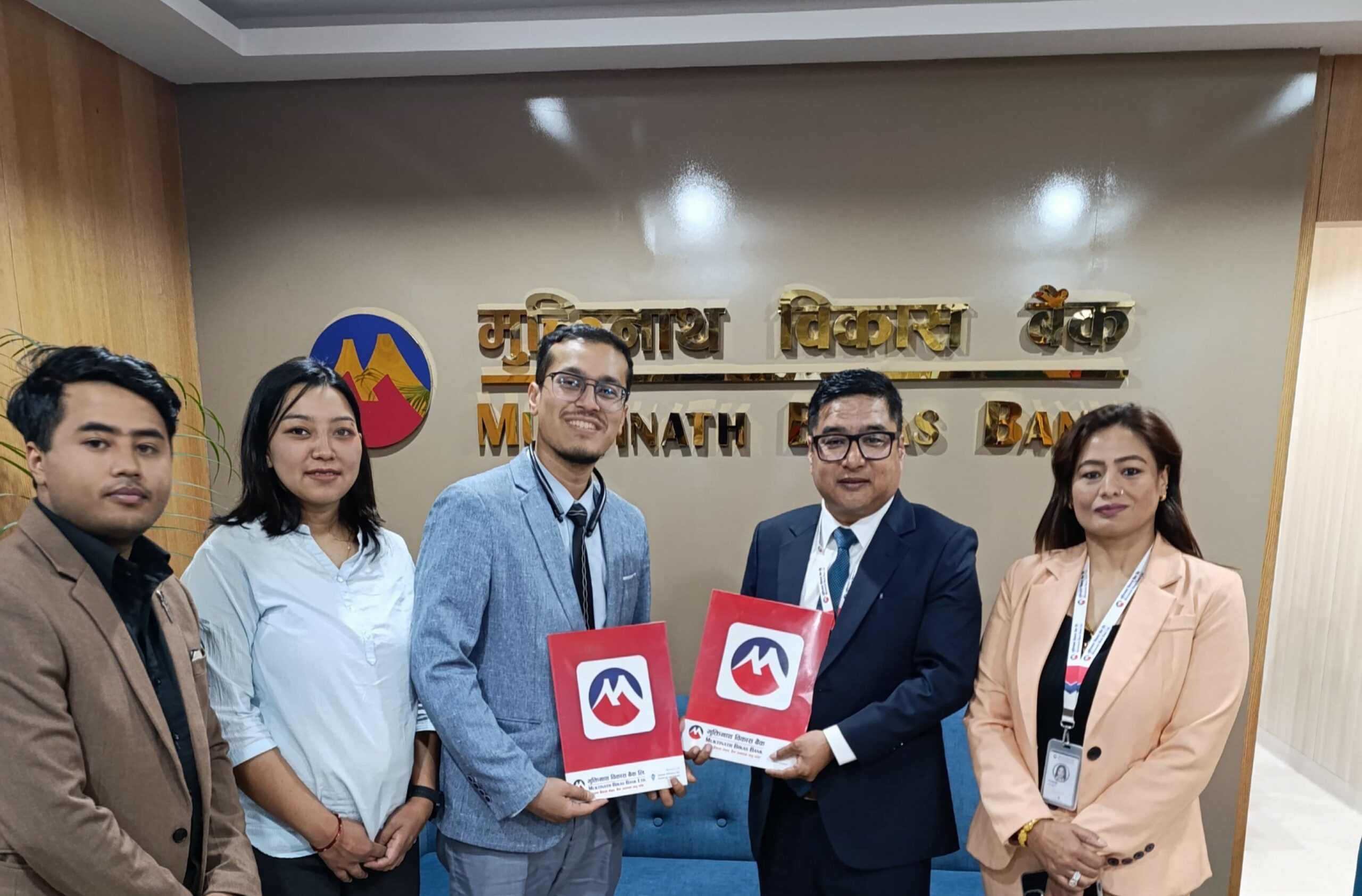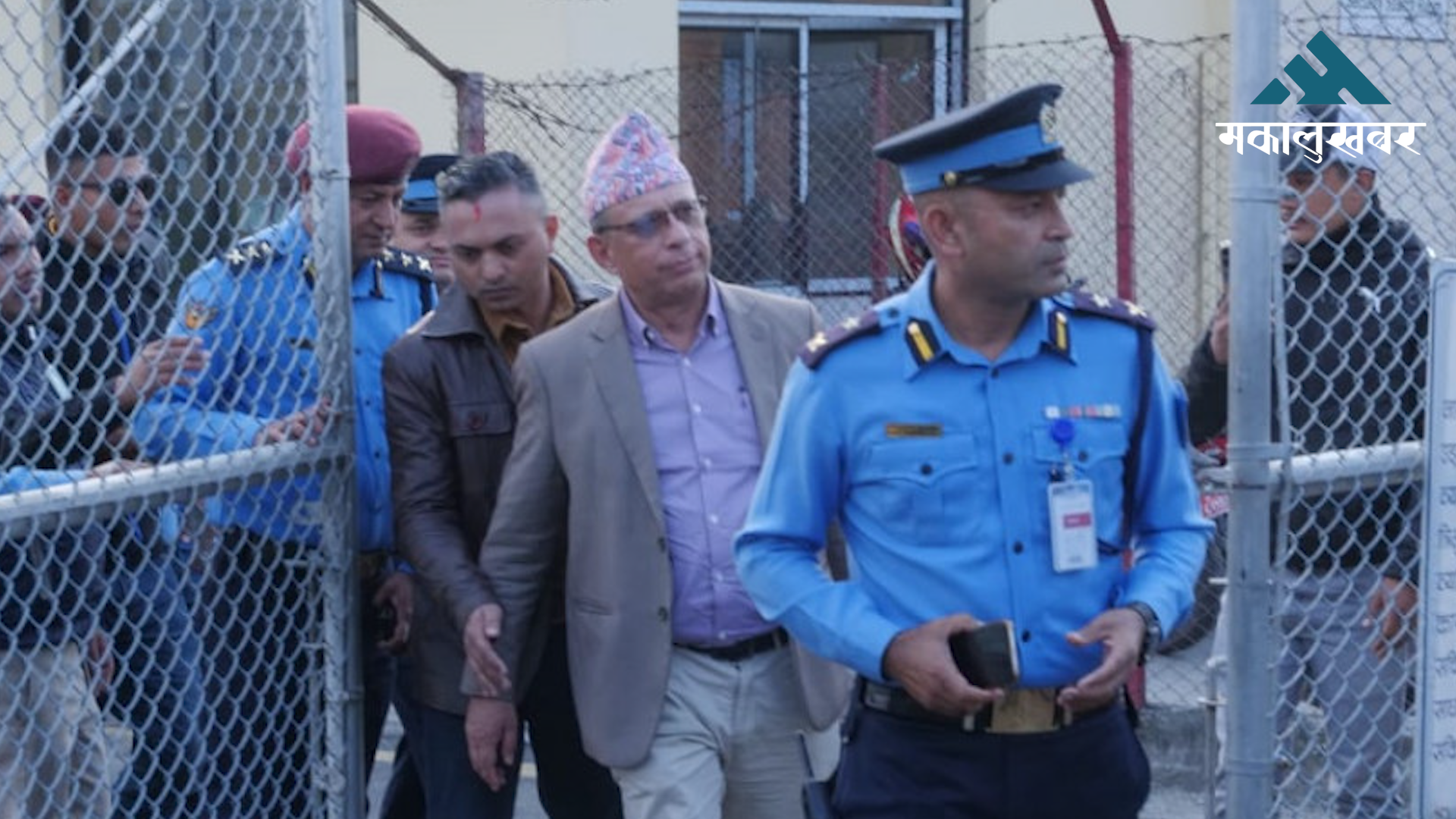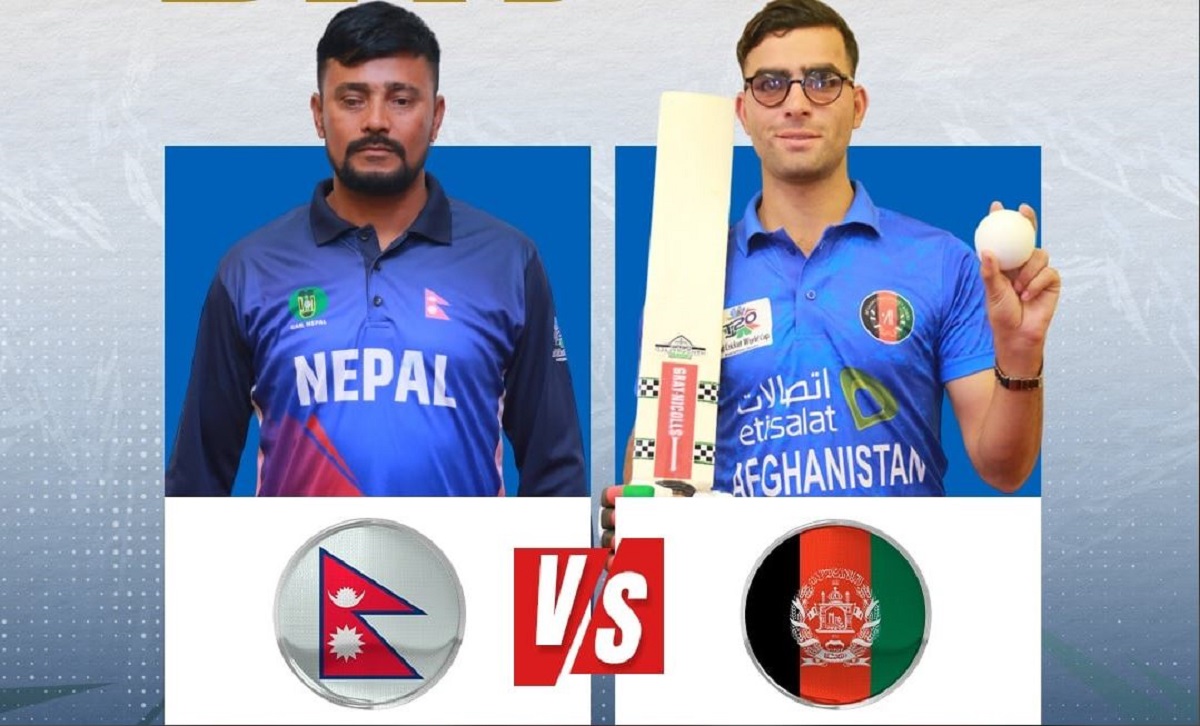Chhath festival begins with devotion & rituals: A celebration of faith & prosperity
Known for its deep spiritual significance and rigorous devotion, Chhath is a time when devotees come together to fast, pray, and seek blessings for the well-being of their families and prosperity for their children.
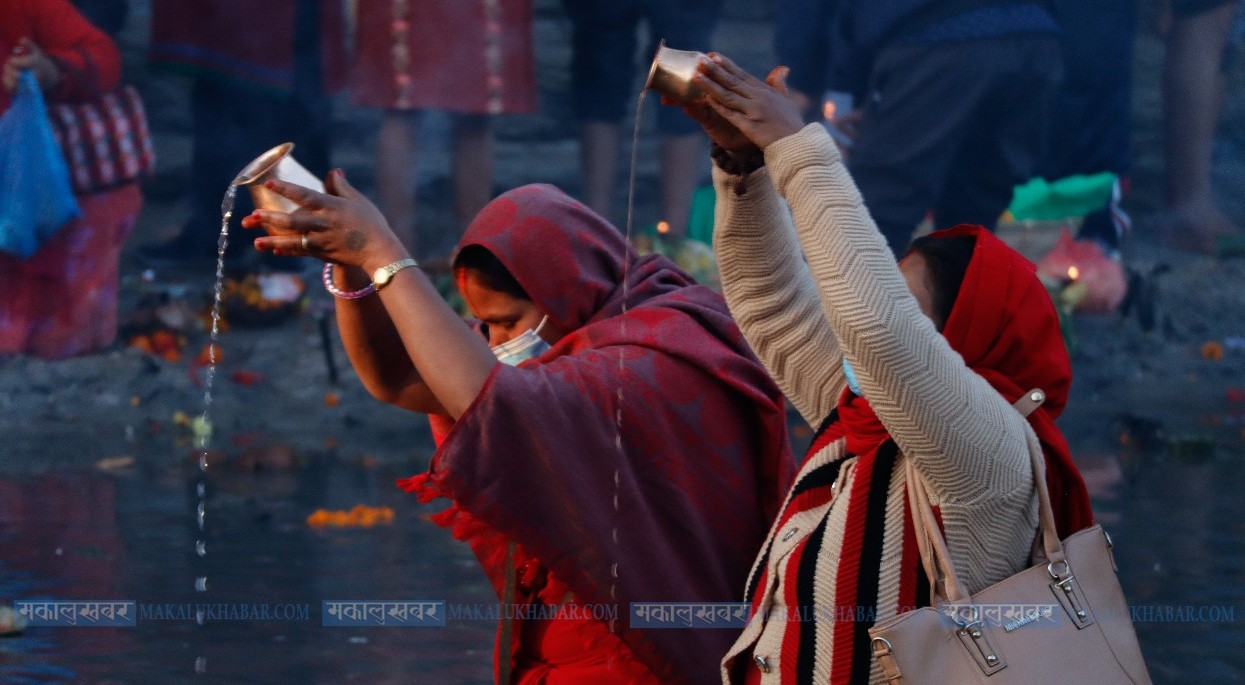
KATHMANDU: The Chhath festival, a significant four-day religious observance dedicated to the Sun God, has officially begun today, marking the start of this revered occasion in the Terai-Madhesh region.
Known for its deep spiritual significance and rigorous devotion, Chhath is a time when devotees come together to fast, pray, and seek blessings for the well-being of their families and prosperity for their children.
Day 1: Nahai Khai – A Sacred Cleansing Ritual
Today, Tuesday, marks Nahai Khai, the first day of Chhath. Devotees observe a cleansing ritual, beginning with a ceremonial bath to purify the body and spirit. Afterward, they partake in a special meal called Arba-Arbain, a traditional offering that holds great significance in the day’s observance. The day is centered on purity, both physical and spiritual, setting the tone for the rest of the festival.
Day 2: Kharna – A Day of Feasting and Devotion
Tomorrow, Wednesday, is Kharna, the second day of Chhath. Devotees prepare and offer kheer—a sweet rice pudding made with milk, sugar, and rice—as part of the evening rituals. This marks a key moment in the festival, where participants break their fast after a day of spiritual reflection, completing the Kharna ritual before sunset.
Day 3: Saujhkarak – The Main Day of Chhath
The festival reaches its peak on Thursday, known as Saujhkarak day, the third day of Chhath. In the evening, devotees gather near water bodies to perform the most important ritual—offering Arghya (prayers and offerings) to the setting Sun. This symbolic act of devotion underscores the festival’s focus on seeking the Sun God’s blessings for the prosperity and longevity of family members.
Day 4: Paran – A Joyous Conclusion
The final day of Chhath, Friday, is called Paran, where the festival concludes with the offering of Arghya to the rising Sun. Devotees complete the 48-hour fast, having abstained from both food and water throughout the observance. The prasad (holy offering) from the Arghya is then shared with family and community members, symbolizing unity, harmony, and togetherness.
Traditional Offerings and Rituals
Throughout the four days, various traditional offerings are made to the Sun God, including items like bamboo dhaki, dagri, clay koshiya (vessels), and hatthi (elephant-shaped offerings). Foods such as thakuwa (fried dough), bhusuwa (fried wheat flour), bananas, sugarcane, turmeric, ginger, and an array of sweets and fruits are integral parts of the offerings. These sacred items are later distributed as prasad, symbolizing unity and reinforcing communal bonds.
A Festival of Rigorous Devotion
Chhath is known for its discipline, with devotees observing a strict 48-hour fast, refraining from both food and water as an expression of deep devotion and faith. This festival, revered for its spiritual intensity, encourages devotees to show immense dedication to the Sun God, highlighting the importance of self-control, devotion, and family unity.
Chhath Celebrations Across the Terai-Madhesh Region
The festive spirit is palpable across the entire Terai-Madhesh region, as markets buzz with activity and preparations for the rituals intensify. Janakpur, with its historic water bodies such as Gangasagar, Dhanushsagar, Angrajsar, and Dashrath Tal, is especially vibrant, with beautiful decorations adorning these sacred sites, resembling the adornment of a new bride.
The Mithila region is also alive with the sounds of Chhath songs, adding to the celebratory atmosphere. While traditionally observed in the Terai and Madhesh regions, Chhath has recently gained popularity in hilly regions as well, with people from various parts of Nepal now embracing the festival’s traditions.
As the Chhath festival unfolds, it brings people together in worship, celebration, and unity, reinforcing the age-old values of faith, family, and community.


